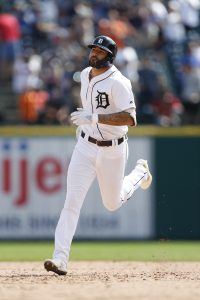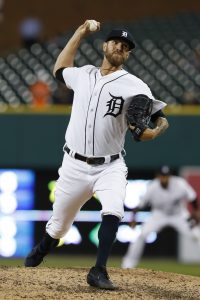The Tigers announced following today’s game that they’ve designated right-hander Trevor Rosenthal for assignment and optioned righty Eduardo Paredes to Triple-A Toledo. They’ll make a pair of corresponding moves before tomorrow’s game.
Rosenthal’s brief stint with the Tigers went a bit better than his ugly tenure with the Nationals, but a 22.74 ERA and 15 walks in 6 1/3 innings is the lowest of low bars to clear. With the Tigers, Rosenthal yielded seven runs and issued 11 walks against 12 strikeouts. He also hit a batter and uncorked four wild pitches, further exemplifying the disappearance of his ability to locate the ball in his first season back from 2017 Tommy John surgery.
With the Tigers, Rosenthal improved his swinging-strike rate and maintained an outstanding 98 mph average fastball velocity. However, his lack of ability to throw strikes on anything resembling a consistent basis handily outweighed his marginal improvements in Detroit. He’s only allowed 11 hits in his 15 1/3 innings this season and hasn’t surrendered a home run, but Rosenthal’s 2019 season is catastrophic on any level. He’ll surely clear waivers and become a free agent again, at which point he’ll be free to sign on with another organization in hopes of another run at righting the ship.


